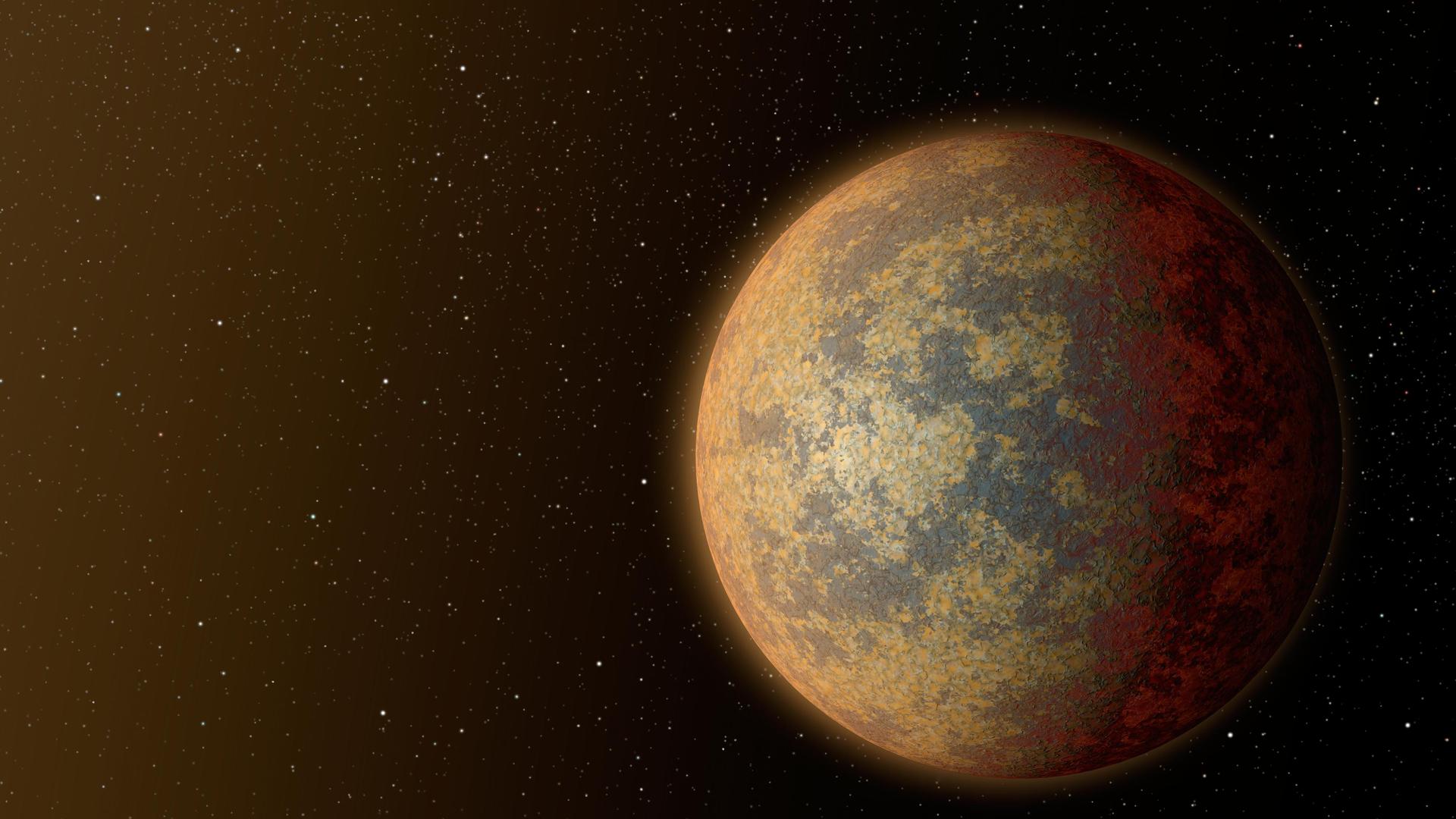Astronomers discover closest rocky ‘super Earth’ planets yet, per Nasa
The two newly discovered worlds are prime candidates for follow up studies with the soon-to-be fully operational James Webb Space Telescope

Your support helps us to tell the story
From reproductive rights to climate change to Big Tech, The Independent is on the ground when the story is developing. Whether it's investigating the financials of Elon Musk's pro-Trump PAC or producing our latest documentary, 'The A Word', which shines a light on the American women fighting for reproductive rights, we know how important it is to parse out the facts from the messaging.
At such a critical moment in US history, we need reporters on the ground. Your donation allows us to keep sending journalists to speak to both sides of the story.
The Independent is trusted by Americans across the entire political spectrum. And unlike many other quality news outlets, we choose not to lock Americans out of our reporting and analysis with paywalls. We believe quality journalism should be available to everyone, paid for by those who can afford it.
Your support makes all the difference.Nasa’s Transiting Exoplanet Survey Satellite, or Tess, recently spotted two new rocky, Earth-like planets around nearby stars, among the closest ever discovered near our Solar System.
The two exoplanets orbit a red dwarf star just 33 light years away from Earth known as HD 260655. The planets derive their name from their star: HD 260655 b and HD 260655 c.
The planets are “super Earths,” rocky planets like our own, but somewhat larger, with HD 260655 b coming in at 1.2 times the size of Earth and HD 260655 c at 1.5 times the size of our planet.
The planets were discovered in Tess data by an international team of astronomers led by Rafael Luque of the Institute of Astrophysics of Andalusia, Spain, and the University of Chicago, and the discovery was first presented earlier in June at the 240th meeting of the American Astronomical Society in Pasadena California.
Launched in 2018, Tess hunts the sky for exoplanets using the transit method, that is, staring at a distant star and watching for a dip in its brightness characteristic of an orbiting planet passing between the star and Tess. The spacecraft has discovered more than 200 confirmed exoplanets, helping to bring the total number of other worlds known to astronomers to more than 5,000.
It’s not clear yet how habitable the newly discovered exoplanets planets could be, of if they even have atmospheres, but any life on the two worlds would necessarily be very different than life on Earth — the planets’ temperatures range from 816 degrees Fahrenheit on HD 260655 b to 543 degrees Fahrenheit on HD 260655 c.
But high temperatures are not necessarily a barrier to life of some sort, and recent studies have suggested some super Earths and other water-rich worlds could provide conditions hospitable to some forms of life, even under exotic conditions such as planets going “rogue” after getting expelled from their solar system.
The discovery of the two exoplanets around HD 260655 comes at a fortuitous time, however, as Nasa’s James Webb Space Telescope is just weeks away from beginning its primary science mission. One of the things the groundbreaking big space telescope is designed to do is to measure the spectra of light from distant stars as it passes through exoplanet atmospheres, giving scientists the chemical composition of an alien world’s air.
HD 260655 b and HD 260655 c are among the top 10 candidates for a closer look by Webb according to Nasa, along with similar rocky exoplanets around the star TRAPPIST-1.
Join our commenting forum
Join thought-provoking conversations, follow other Independent readers and see their replies
Comments